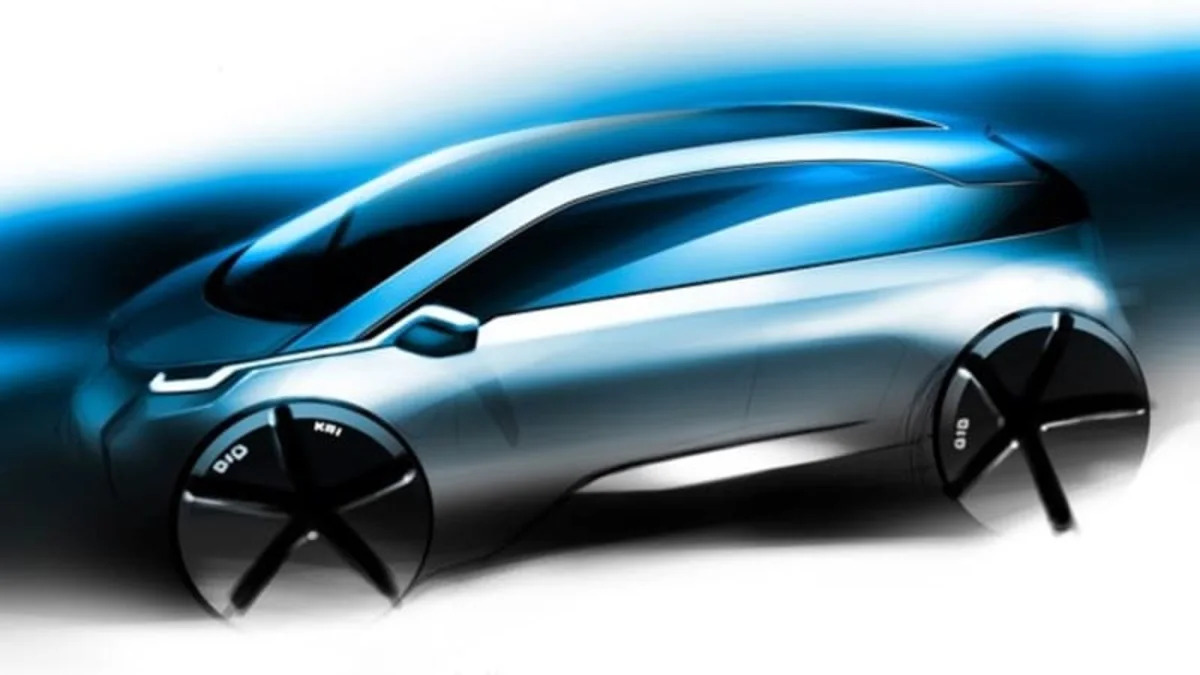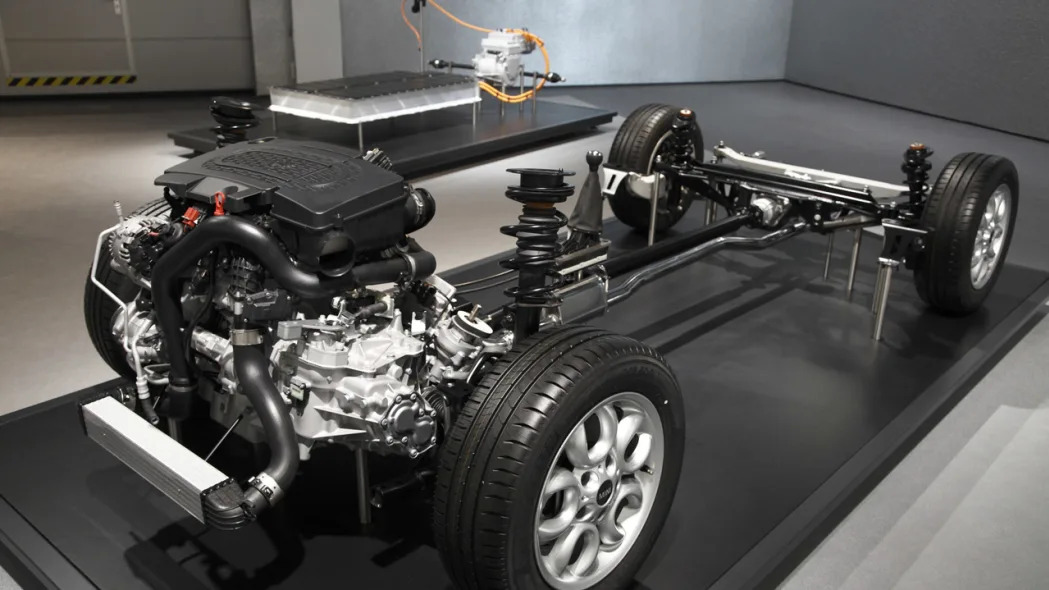BMW Megacity – Click above for high-res image
British car mag Autocar has more technical details on the construction of the 2013 BMW Megacity electric vehicle. As we learned last month, the Megacity reverts back to a body-on-frame construction technique that most automakers have abandoned for everything but larger trucks. This, however, is no ordinary body-on-frame. The "frame" is comprised of aluminum extrusions that can be extended or spread apart to accommodate vehicles of different sizes. This is a similar construction technique to the one developed by Lotus for the Elise (and, of course, the Tesla Roadster).
This "skateboard" architecture is also not entirely novel and was used by General Motors back in 2002 for its AUTOnomy fuel cell concept. Tesla evidently has similar plans for the platform of the Model S.
While other automakers describe using different "top hats" (body styles) on their unibody platforms, the Megacity has a more literal interpretation of this architecture. The carbon-fiber passenger cell sits on top of the skateboard aluminum chassis. The tremendous strength of the carbon shell will allow BMW to produce a design with completely open sides and no B-pillars. The rear-hinged back doors will be similar to those on the Mini Clubman.
Like the chassis, the carbon structure can also be extended. The carbon fiber will likely be covered with some sort of skin, possibly a thin layer of aluminum that gives a better surface finish. While the carbon structure saves a lot of weight, it is a difficult material to repair if damaged. Therefore, BMW will make the structure out of smaller sections that can be replaced if necessary. Following the launch of the battery-electric version, a range-extended model with a smaller battery and a 1.0-liter two-cylinder engine could be added to the lineup.
[Source: Autocar]



Sign in to post
Please sign in to leave a comment.
Continue